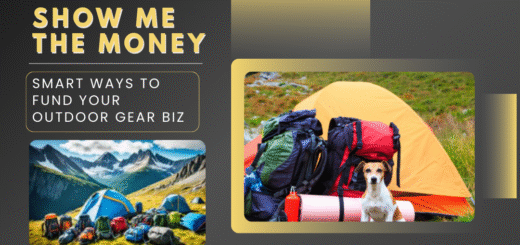How to Read Your Dog’s Body Language Like a Pro
Dogs don’t speak our language, but they’re masters of nonverbal communication. Every wag, ear flick, and tail tuck tells a story—if you know how to read it. Whether you’re dealing with a playful pup or a nervous rescue, understanding these subtle cues can deepen your bond and prevent misunderstandings.
1. The Eyes: Windows to Your Dog’s Mood
- Soft, relaxed gaze → Contentment (think slow blinks during cuddle time).
- “Whale eye” (showing whites) → Anxiety or discomfort (common when they’re cornered or guarding a toy).
- Hard stare → Potential aggression or overstimulation (interrupt before it escalates).
- Avoiding eye contact → Submission or stress (not defiance—your dog might just need space).
Pro tip: A sudden wide-eyed look paired with stiff posture? Your dog’s signaling, “I’m not okay with this.”
2. The Tail: More Than Just Wagging
- Loose, full-body wags → Pure joy (the “happy dance” when you walk in the door).
- Stiff, high tail with short wags → Alertness or tension (common around unfamiliar dogs).
- Tucked tail → Fear or submission (like during thunderstorms or vet visits).
- Helicopter tail (circular wags) → Over-the-top excitement (common in friendly breeds like Goldens).
Myth busted: A wagging tail doesn’t always mean friendliness—it’s about how they wag.
3. Ears: The Mood Barometer
- Perked forward → Curiosity or focus (squirrel alert!).
- Pinned back → Nervousness (but if paired with a wiggly body, they might just be submissive).
- One ear up, one down → Confusion or playful mischief (common in puppies).
Note: Floppy-eared breeds (like Basset Hounds) are trickier to read—watch for subtle shifts.
4. Mouth & Teeth: Not Always a Smile
- Relaxed, slightly open mouth → Chill vibes (tongue-out = ultimate zen mode).
- Lip-licking or yawning → Stress (not tiredness—think vet visits or loud noises).
- Bared teeth with wrinkles → Back off! (Different from a “submissive grin,” where lips curl without tension).
Fun fact: Some dogs “smile” when greeting loved ones—it’s a sign of appeasement, not aggression.
5. Fur & Posture: The Full Picture
- Raised hackles (puffed fur) → Arousal, not always anger (could be excitement or surprise).
- Crouched low → Fear or submission (“Don’t hurt me!”).
- Play bow (front down, butt up) → “Let’s play!” (Universal doggy invite).
- Leaning forward/stiff stance → Confidence or challenge (common in assertive dogs).
Red flag: A frozen, stiff body + direct stare = potential aggression. Distract calmly.
6. Vocal Clues: Barks, Growls & Whines
- Short, high-pitched barks → “Hey, look at this!” (Alert or excitement).
- Low growls → Warning (respect it—don’t punish).
- Whining → Anxiety, pain, or impatience (context matters).
Key insight: A growl during play (with loose body language) is normal. A growl with stiff posture? Serious warning.
Putting It All Together
Dogs communicate in layers. A wagging tail with tense muscles means something different than a wag with a wiggly body. Always assess:
- Eyes → Soft or intense?
- Ears → Forward or back?
- Tail → High, low, or tucked?
- Posture → Relaxed or rigid?
Example: Your dog meets a new pup. Ears perked, tail mid-height, playful bow? Green light. Ears back, tail stiff, lip-licking? Step in before stress escalates.
Why It Matters
Misreading cues can strain your relationship. A dog who’s punished for growling (a clear warning) might skip warnings next time—and go straight to biting. Instead, learn their language to build trust and keep everyone safe.
Final tip: Spend 10 minutes a day observing your dog in different situations. Soon, you’ll fluently speak “dog.”


